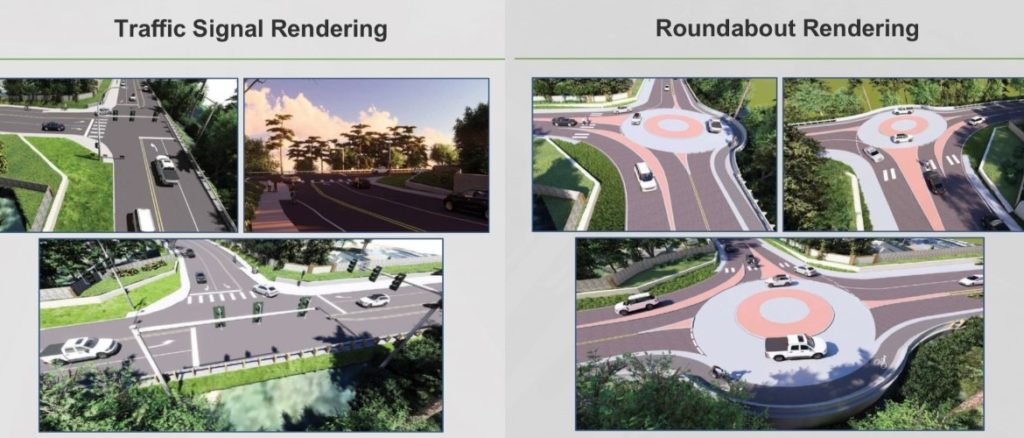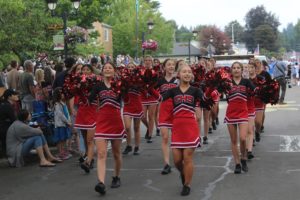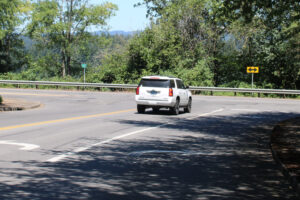A recent analysis of a busy Camas intersection shows the merger of Northwest Lake Road and Northwest Sierra Street must be improved to withstand future population growth, ensure the safety of road users and alleviate long wait times for drivers turning left from Sierra Street onto Lake Road, one of Camas’ busiest thoroughfares.
“The goal is to improve safety for all and decrease wait times,” Camas Engineering Manager Curleigh Carothers told Camas City Council members during their workshop Monday, Feb. 5.
Without improvements, Carothers added, the intersection will eventually fail the City’s standards and would, by the year 2045, cause traffic jams on Northwest Sierra Street, with drivers lined up past Northwest 45th Avenue and waiting nearly two minutes to turn onto Northwest Lake Road.
In 2023, Camas officials agreed to hire consultants from MacKay Sposito and DKS Associates to evaluate the busy intersection and consider possible improvements.
On Monday, Carothers detailed the consultants’ findings, showing that the intersection could be improved using either a traffic signal or a mini-roundabout.



